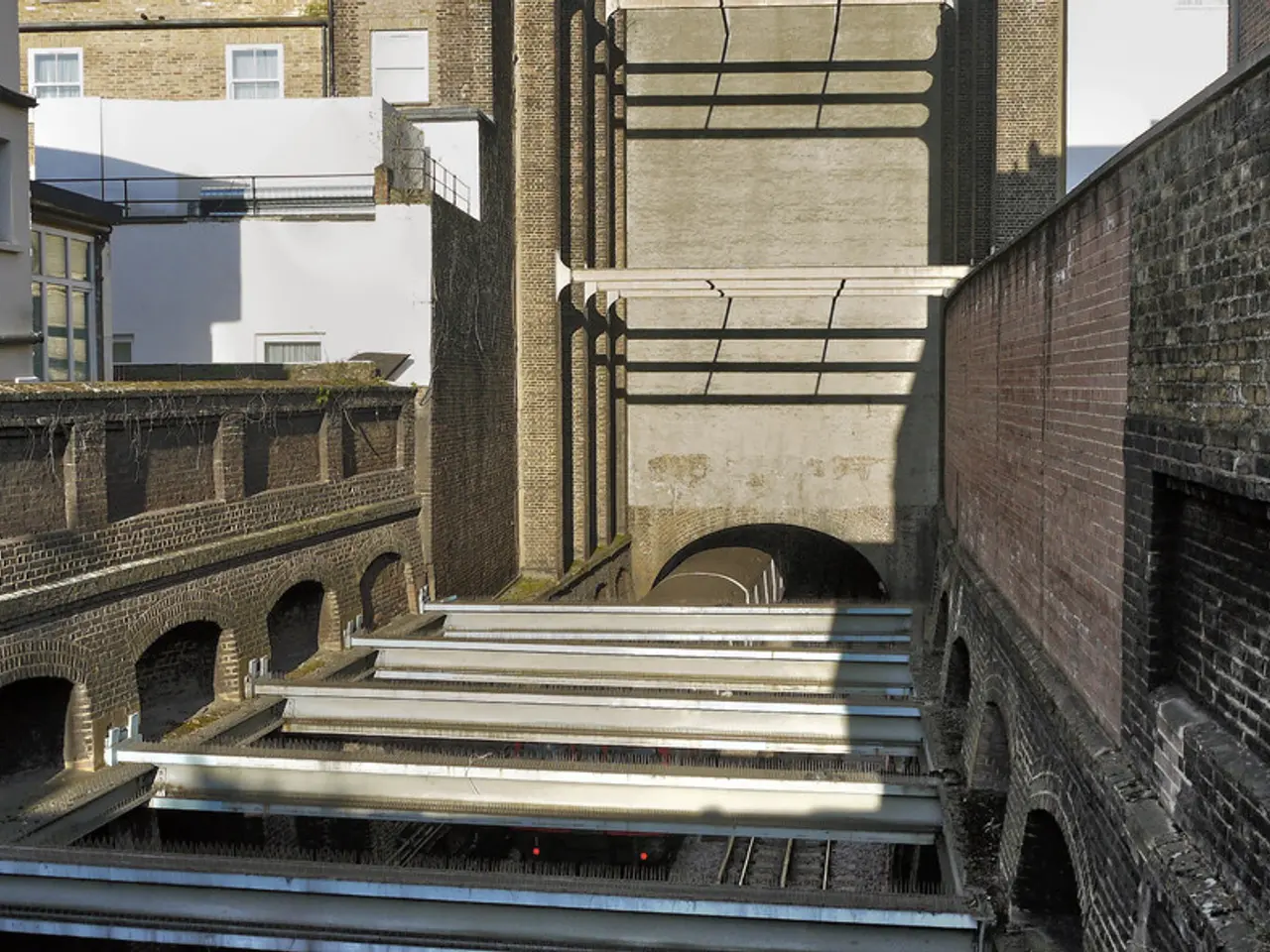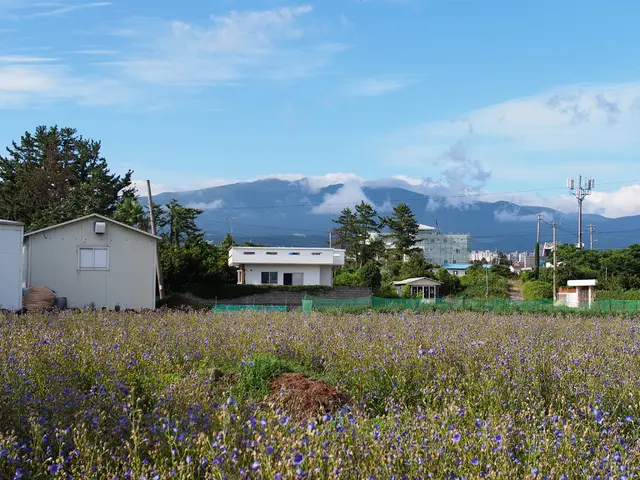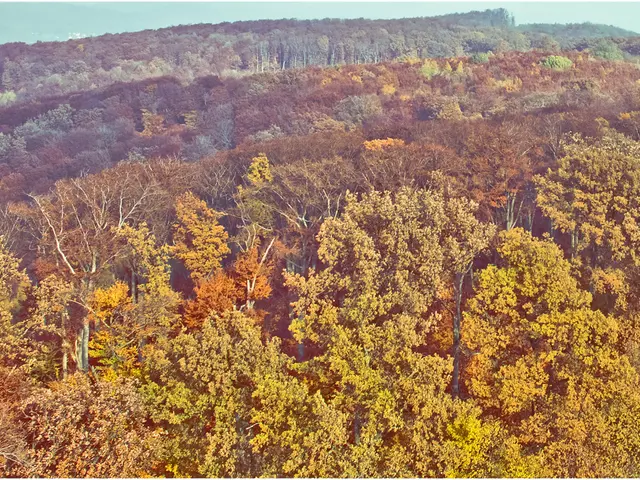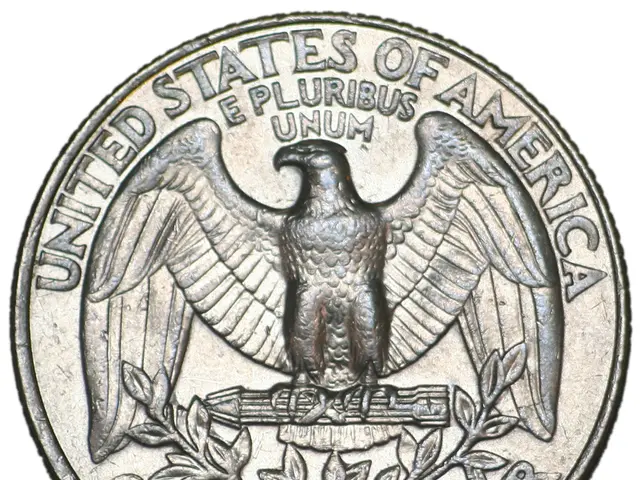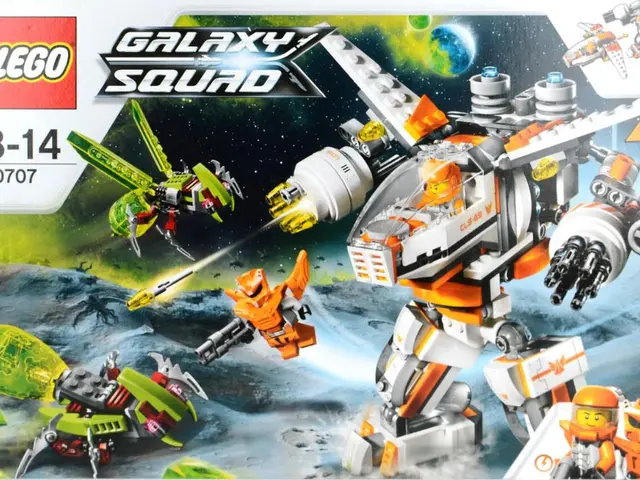Speedy growth of the Delhi-Meerut Rapid Rail Transit System (RRTS): India's "Namo Bharat" extension proceeds, anticipating the operation of three Meerut stations by the end of July
### Operational Status of Stations on Delhi-Ghaziabad-Meerut RRTS Corridor
The Delhi-Ghaziabad-Meerut RRTS (Rapid Rail Transit System) corridor, also known as the Namo Bharat project, is progressing steadily, with different sections becoming operational at varying times. Here's the latest update on the operational status of the new stations:
#### Current Operational Stretch
As of mid-July 2025, the main RRTS line has 11 stations operational from New Ashok Nagar (Delhi) to Meerut South (Ghaziabad/Meerut), covering approximately 55 km.
#### Sarai Kale Khan Terminal
The major interchange station at Sarai Kale Khan in Delhi has been completed, and trial runs have concluded. However, it is not yet open for public use as it is undergoing final touches and awaits a government decision for its operational launch.
#### Full Corridor Trials
A full-length timetable trial was successfully completed in late June 2025, running the entire 82 km from Sarai Kale Khan to Modipuram in under an hour at speeds up to 160 km/h. However, the final public opening of the entire corridor has not yet been announced.
#### Remaining Section
The last section—Meerut South to Modipuram Depot via Meerut Metro—is still under construction and not operational for the public.
#### Key Takeaways
- **Sarai Kale Khan Station:** Ready for operations, with trials concluded, but service for the public has not started as of July 2025. - **Meerut Extension (Phase 4):** Still under construction; not yet operational for the public. - **Full Corridor:** The whole Delhi–Meerut RRTS corridor is nearly complete, with operations expected to begin soon after finishing works and final approvals. - **Current Services:** Train services are running on the 55 km stretch between New Ashok Nagar and Meerut South, with strong ridership growth.
No official public launch date has been announced for the Sarai Kale Khan station or the remaining Meerut Metro segment, but the system is approaching full operational status, with only a few final steps remaining before the entire corridor is open to the public.
The Namo Bharat project is moving closer to becoming a model of modern, integrated public transport in India. Key features of the project include the sharing of infrastructure between regional and metro trains, as demonstrated by the successful running of Meerut Metro services on the same tracks. The Sarai Kale Khan station, designed as a major multi-modal hub, will connect passengers to the Delhi Metro's Pink Line, Hazrat Nizamuddin Railway Station, Veer Haqeeqat Rai ISBT, and Ring Road.
Modipuram station has completed civil work, including a foot overbridge for safe pedestrian movement. The Jangpura station in southeast Delhi will temporarily function as a stabling and parking yard for Namo Bharat trains. Shatabdi Nagar station will serve both Namo Bharat and Meerut Metro trains. Begumpul station, located underground in the city's market, is one of the largest stations in the corridor.
The area where the Sarai Kale Khan station is located, Birsa Munda Chowk, has faced long-standing pedestrian congestion. A network of foot overbridges is expected to streamline movement across transit modes.
Japanese E10 bullet trains are expected to run on the Mumbai-Ahmedabad route in the future, further enhancing India's high-speed rail infrastructure.
- The Delhi-Ghaziabad-Meerut RRTS corridor, being a part of the Namo Bharat project, is notable not only for its rapid rail transportation but also for its integration with other modes of transportation within the finance industry, such as the Delhi Metro's Pink Line and the railway station at Hazrat Nizamuddin.
- In the future, the finance sector may see significant advancements with the introduction of high-speed railway technology, like the Japanese E10 bullet trains, while the transportation industry continues to make strides in India with projects like the RRTS corridor.
- As the Sarai Kale Khan station in Delhi completes trial runs and readies for public use, it is poised to become a substantial hub connecting various flavors of finance and transportation, including local transportation, regional trains, and long-distance rail networks.
